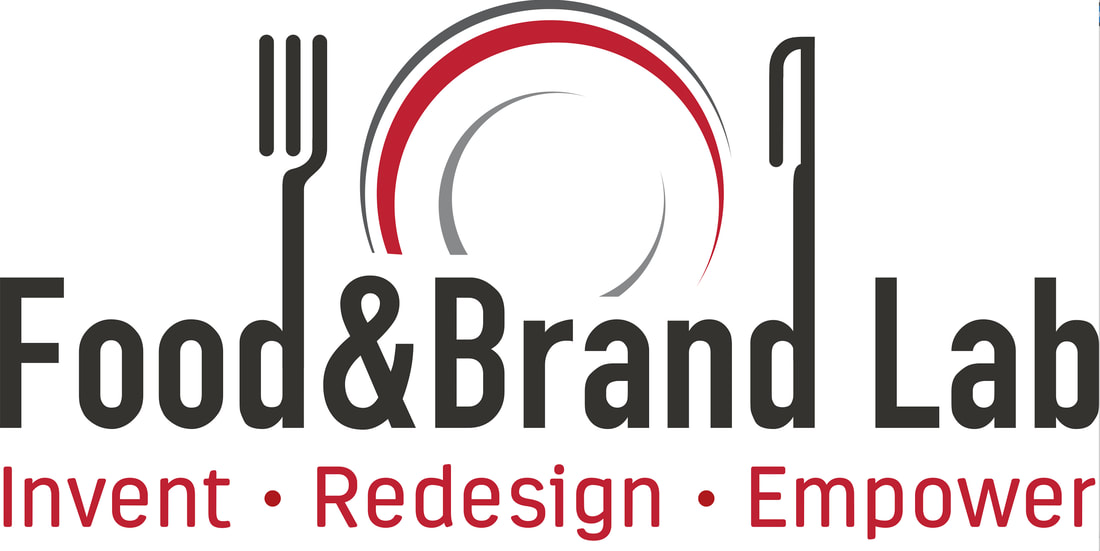Resources
Feel free to download and use any of the graphics, illustrations, videos, and resources on the page for educational purposes and with credit.
This work is licensed under a Creative commons Attribution-NonCommercial-NoDerivatives 4.0 International License.
|
SummaryRestrictions surround us. Speed limits, social mores, medical conditions, store inventory, and recommendations all limit our choices. Despite the ubiquity and importance of restrictions, little effort has been put forth to categorize restrictions or link individual and situational factors to psychological, physiological, and behavioral reactions to them. We base our observations on a framework of restrictions and behavior that takes into account the nature of a restriction, factors that impact response to it, cognitive, emotional and psychological reactions to it, and the behavior that results from it.
We examined types of restrictions based on their sources, objects, characteristics, and presentation, such as those externally versus internally imposed, those aimed at individuals versus groups, and those with varying stringency and time frames, and how those restrictions are framed. We found that reactions to restrictions vary according to general situations, individual factors, and the goals that are involved or threatened. We posit several hypotheses as follows:
Botti, Simona, Susan Broniarczyk, Gerald Haubl, Ron Hill, Yanliu Huang, Barbara Kahn, Praveen Kopalle, Donald Lehmann, Joel Urbany, and Brian Wansink (2009). Choice Under Restrictions. Marketing Letters, 19(3–4), 183–199. doi: 10.1007/s11002–008–9035–4 | ||||||
